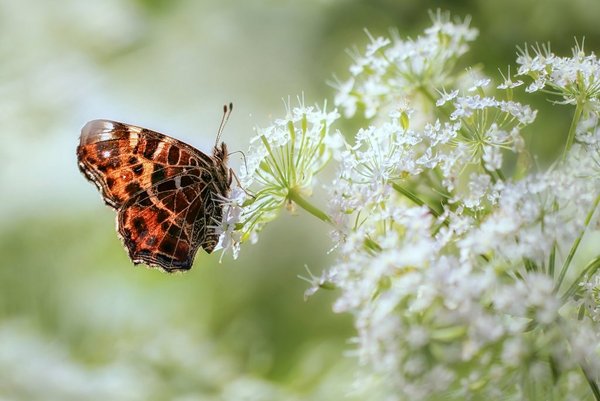 Read this article in French
Read this article in French- Share this article
- Subscribe to our newsletter
Shaping biodiversity-friendly landscapes
Landscape mosaic of natural habitats and small-scale and diverse cultivated areas is the key to promoting biodiversity on a large scale in both conventional and organic agriculture, an international research team led by Germany’s University of Göttingen stated in August 2021.
They state that political decision-makers will have to recognise this in order to achieve a corresponding paradigm shift in agriculture. The statement was published in the journal Trends in Ecology and Evolution.
Landscapes with high crop diversity, small fields, and at least one fifth near-natural habitats can promote biodiversity significantly more than just organic certification, according to the researchers.
Landscapes with small fields and long edges have many times more species than landscapes with large fields, and are equally feasible both in organic and conventional agriculture. Landscapes where fields are one hectare instead of six can be home to six times as many plant and insect species. Variety in cultivation can also double the number of species and greatly increase biological pest control as well as successful pollination, the researchers said.
Organic certification largely focuses on banning synthetic agrochemicals, the research team criticises. This leads to limited benefits for biodiversity, but also to high losses in yield, even though agriculture is becoming more intensive and specialised.
"Areas cultivated under organic certification have a third more species, but do not reach the yield level of conventional cultivation. This means that more land is needed for the same yield," explains first author Professor Teja Tscharntke of the Agroecology Group at the University of Göttingen. However, as a larger area is needed, the advantages for biodiversity disappear.
Moreover, it is a myth that organic farming never uses pesticides – just like the assumption is that organic farming is done on idyllic family farms. Organic monocultures are often similar in size to conventional farms, and vegetables are often grown under glass, at the expense of biodiversity, Tscharntke points out.
Pesticides are allowed in organic farming as long as they are considered natural. For example, grape, orchards and also vegetables are sprayed extensively and repeatedly, mainly with copper products, even though these products accumulate in the soil.
In the Mediterranean region, covering crops with plastic sheets for vegetable cultivation is ruining entire landscapes, and yet an ever-increasing proportion of farming here is nonetheless achieving organic certification.
(University of Göttingen/ile)
Read more at the University of Göttingen website
Original publication:
Teja Tscharntke, Ingo Grass, Thomas C. Wanger, Catrin Westphal, Péter Batáry: Beyond organic farming – harnessing biodiversity-friendly landscapes. Trends in Ecology and Evolution (2021).





Add a comment
Be the First to Comment